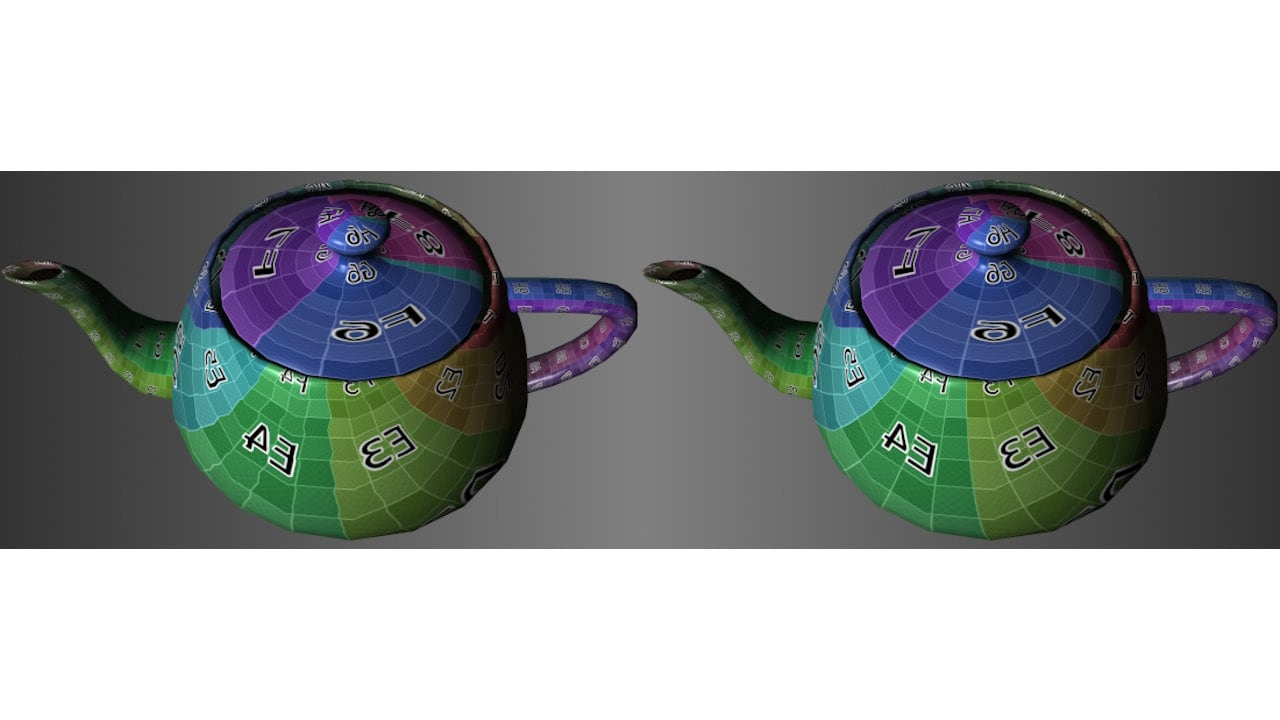Jure Repinc
Digital and software freedom/rights advocate from Slovenia, Europe. Also a member of the Pirate party. You can find me on Mastodon: @JRepin@mstdn.io
- 804 Posts
- 166 Comments

 3·20 days ago
3·20 days agoOh yeah. Can’t wait for this. Bad session management/restore is basically the only major thing I still miss a lot on Wayland. Hopefully Firefox and other apps will gain support for this soon (I guess all Qt/KDE apps will get support at once when they also add support to Qt and KDE Frameworks). Anyways I just opened the enhancement request for Firefox for this just hoping they will add support soon.

 9·25 days ago
9·25 days agoRead more about it here Boycott, Divest, Sanction movement, details about BDS on Microsoft

 4·25 days ago
4·25 days agoI would guess these are for device-tree specifications and run-time detection of what extensions some RISC-V CPU supports. Also might be some support for using these extensions in some common kernel code that is used by other parts of the kernel. But to be sure we would need to check the commits themselves.
Well as they mention it, they do know.
It does not break anything. Just uses C++ and builds upon it and improves it. And MOC comes in when some niceties are required that are hard to do with plain C++ (and be backwards compatible) or when more flexibility is required. If you know how to do it better, well Qt is free (as in freedom) and opensource and you can join the project and replace MOC with a better implementation. Until then it is a not so important detail and foolish to throw away entire Qt and all the numerous goodies and nice things that it brings just for this small detail.
What’s wrong with it? It is basically invisible and all done automatically in the background by the build system.

 1·3 months ago
1·3 months agoLooks like the new version with RVV support improves the benchmark score quite a bit. My BananaPi BPI-F3 gets about 80% higher score than with previous version of Geekbench.

 2·6 months ago
2·6 months agoYeah, most newcomers don’t even know about the spins and labs since they are quite hidden. So this is a great thing for getting Fedora KDE Spin on an equal footing in visibility and promotion.

 4·6 months ago
4·6 months agoYeah they are more visible/promoted and offered for downloads on the same equal level as other editions. Otherwise spins and labs can be quite hidden from peopel who do not know they exist.

 4·6 months ago
4·6 months agoInstall
pam_pkcs11package, which contains the missing library

 2·6 months ago
2·6 months agoAnd even if you are paying for it… Unless the product is opensource and free as in freedom so you can for example self-host it, study the code, change the code (or contract someone else to change it for you) so the product runs just as you want.

 4·6 months ago
4·6 months agoI am also gaming a lot and used nvidia in the past and by the description you give I would say openSUSE Tumbleweed is the one. It is rolling release, but they also have extensive QA tests before letting packages get released as updates so it is very stable for a rolling release. And another thing that openSUSE is awesome for is that they have BTRFS snappshotting very nicely configured out of the box so before and after each update it creates a snappshot and if something goes wrong you can just select an old working snappshot from GRUB boot menu. And with Nvidia this breakage was happening well more often the I would like. I also like their Open Build Service where you can find many additional packages which might not be packaged by distro people themselves.

 9·6 months ago
9·6 months agoThey do give a refund for this. I got it after they added it to EA Sports WRC. Explained to them that it was not in the original contract and that it prevents me using the product I licensed on Steam Deck and GNU/Linux and they refunded me.

 10·6 months ago
10·6 months agoYeah it should be called idiotMouse

 3·6 months ago
3·6 months agoMy favourite Matrix client is NeoChat.
Agree and hope it brings even better GNU/Linux gaming support, as it is the OS that is in this democratic users/people owned operating system, just as other free as in freedom and opensource collaborative software. In this regard Valve does quite a very good job of improving and sponsoring GNU/Linux, Mesa drivers KDE and other opensource projects. What all other gaming companies fail terribly at. What comes after Valve must be even better at it.

 3·6 months ago
3·6 months agoWell and behind it is stealing other peoples’ work (posts and comments, moderation and administration) and selling them as yours. The oldest capitalist criminal trick in the book: privatization AKA primitive accumulation AKA enclosure of the commons.















I have the BPI-F3 and it comes with Bianbu distribution by default. It is based on old LTS versions of Ubuntu with some updated packages (like Mesa) and some packages optimized for the X60/K1 CPU. The problem with this CPU/SBC is that SpacemiT is bad at upstreaming the support, they do support only in their own forks of Linux kernel and other software. So upstreaming is done by volunteers and is progressing very slowly (example only for the Linux kernel), so usual distros like Debian do not have support out of the box. Also it is a problem that the K1/X60 has some Imagination PowerVR BXE-2-32 integrated graphics and this one is not supported by Mesa and only has closed binary drivers which Imagination provides to SpacemiT and they then add it into Bianbu. Also keep in mind that even this driver does not support OpenGL (the normal desktop one). Only OpenGL ES and Vulkan. So in essence this means that the compositor/windowmanager and the toolkits like Qt need to be compiled with this support which is generaly not the case in more normal distros. Sometimes they provide two sets of compiled packags, one with normal desktop OpenGL which you then have to replace with the openGL ES variants. And these are usually not so well tested in the normal daily desktop use case.
So for daily use you more or less have to stick with Bianbu Linux on it. If you do that, I would it is quite usable, if you do not find GNOME-based desktop it has limiting as I do, since I am used to the power and plethora of features in KDE Plasma :) It is a bit slow for some more demanding tasks like video, graphics, games and stuff like that, but yeah, for simple office usecases, it is fine. So depends on what you would use it to do.